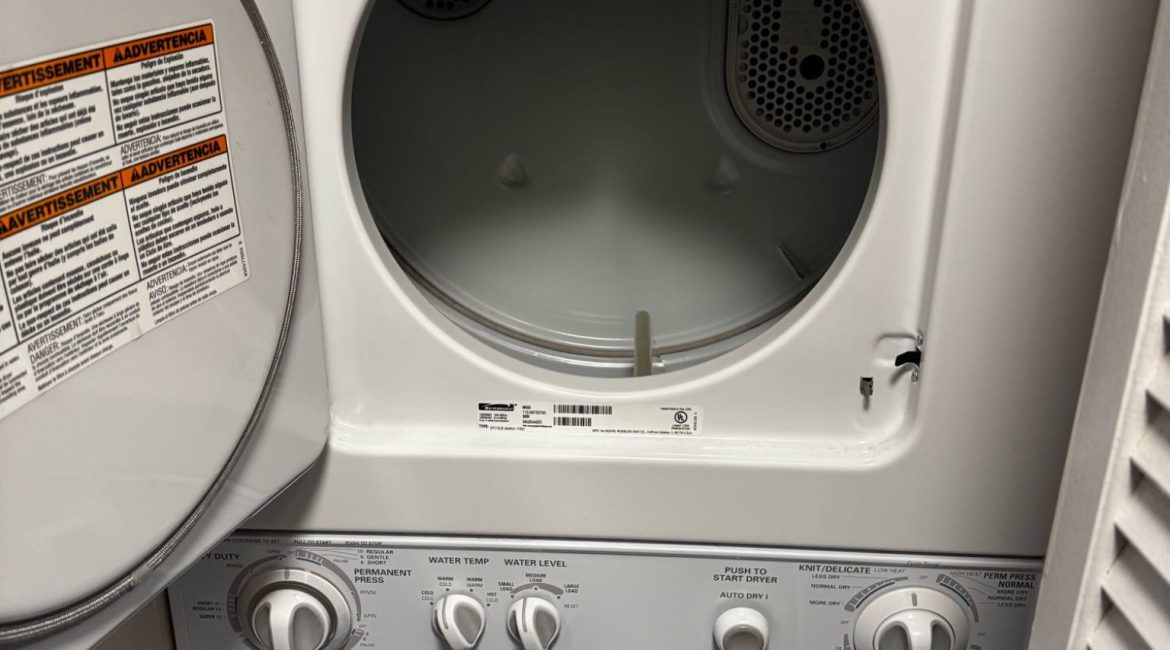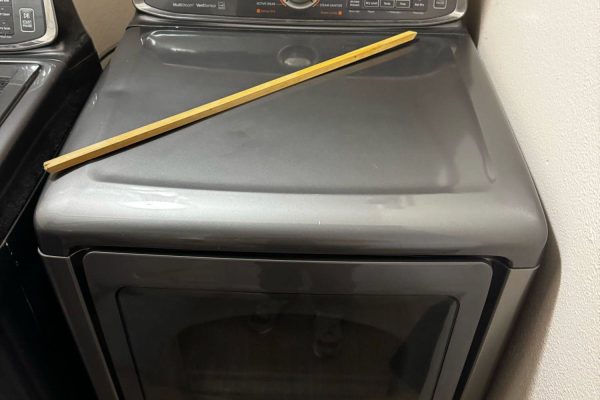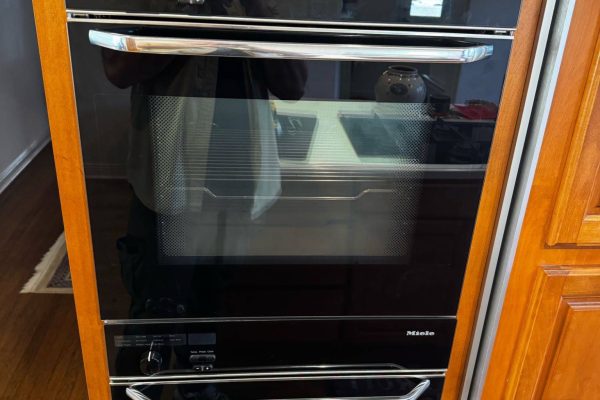A washing machine is a complex but well-coordinated system that depends heavily on its internal transmission mechanism to function properly. One of the key components in this system is the drive belt. When this belt breaks or wears out, it can cause the entire washing machine to stop working as it should.
Let’s explore how to identify a broken belt, why it’s crucial to check the entire transmission mechanism, and what steps you should take if you suspect an issue.
What Is the Transmission Mechanism in a Washing Machine?
The transmission mechanism in a washing machine connects the motor to the drum. This system enables the drum to spin and agitate during the wash cycle. In most traditional top-load washers and even some front-load models, this mechanism includes:
- Motor
- Drive belt
- Pulley system
- Transmission gearcase
When functioning correctly, this setup allows smooth rotation and proper torque to perform both wash and spin cycles. If any part of this system fails, the drum may stop moving, causing the machine to halt or operate inefficiently.
Signs the Drive Belt May Be Broken
- Drum Doesn’t Spin
If you hear the motor running but the drum isn’t moving, a broken or slipped belt might be the cause. - Burning Smell or Rubber Odor
This could indicate that the belt is fraying, has snapped, or is slipping against the motor pulley. - Noisy Operation or Sudden Silence
A loose or damaged belt can cause unusual noises during operation, while a completely broken one might result in a sudden lack of movement. - Incomplete Cycles
If the machine stops mid-cycle or doesn’t go into the spin phase, it could be due to a malfunction in the transmission system. - Visible Damage
If you remove the back panel of the washer and inspect the belt, any signs of cracks, excessive slack, or a completely snapped belt should be taken seriously.
Why You Must Check the Entire Transmission System
The belt might be the most obvious issue, but it’s rarely the only problem. If the belt has snapped, there’s a chance it happened due to:
- Misaligned pulleys
- Damaged motor mount
- Worn-out gearcase
- Blocked or jammed drum
Replacing only the belt without addressing the root cause might result in a quick recurrence of the problem. That’s why it’s crucial to inspect the full transmission mechanism.
A thorough diagnostic involves:
- Verifying pulley alignment
- Testing motor function
- Inspecting the gearcase and bearings
- Ensuring the drum rotates freely
These steps often require professional tools and experience to ensure no component is overlooked.
The Risks of DIY Repairs
While it might seem simple to replace a broken belt yourself, there are several risks involved:
- Incorrect installation: Improper belt tension can cause poor performance or future breakage.
- Missed problems: Other underlying issues might go unnoticed.
- Warranty issues: DIY repairs could void your appliance warranty.
Unless you have experience with appliance repairs, it’s best to call in experts who can not only fix the belt but inspect and service the entire transmission system.
When to Call a Professional
If you experience any of the symptoms mentioned above or simply aren’t sure what’s causing your washer to malfunction, it’s time to reach out to professionals.
At Poway Appliance Repair Service Center, we specialize in diagnosing and repairing all types of washing machine issues — especially those involving transmission systems and drive belts. Our trained technicians provide reliable, same-day service to ensure your washer is back in action as soon as possible.
A broken washing machine belt may seem like a minor problem, but it’s often a sign of deeper issues within the transmission mechanism. Ignoring it or applying a quick fix can lead to further damage, costly repairs, or even complete failure of your appliance.
Don’t wait for things to get worse. If your washer shows signs of belt or transmission problems, contact Poway Appliance Repair Service Center today. We’ll make sure your washing machine gets the attention it needs — and works like new again.
Contact us


